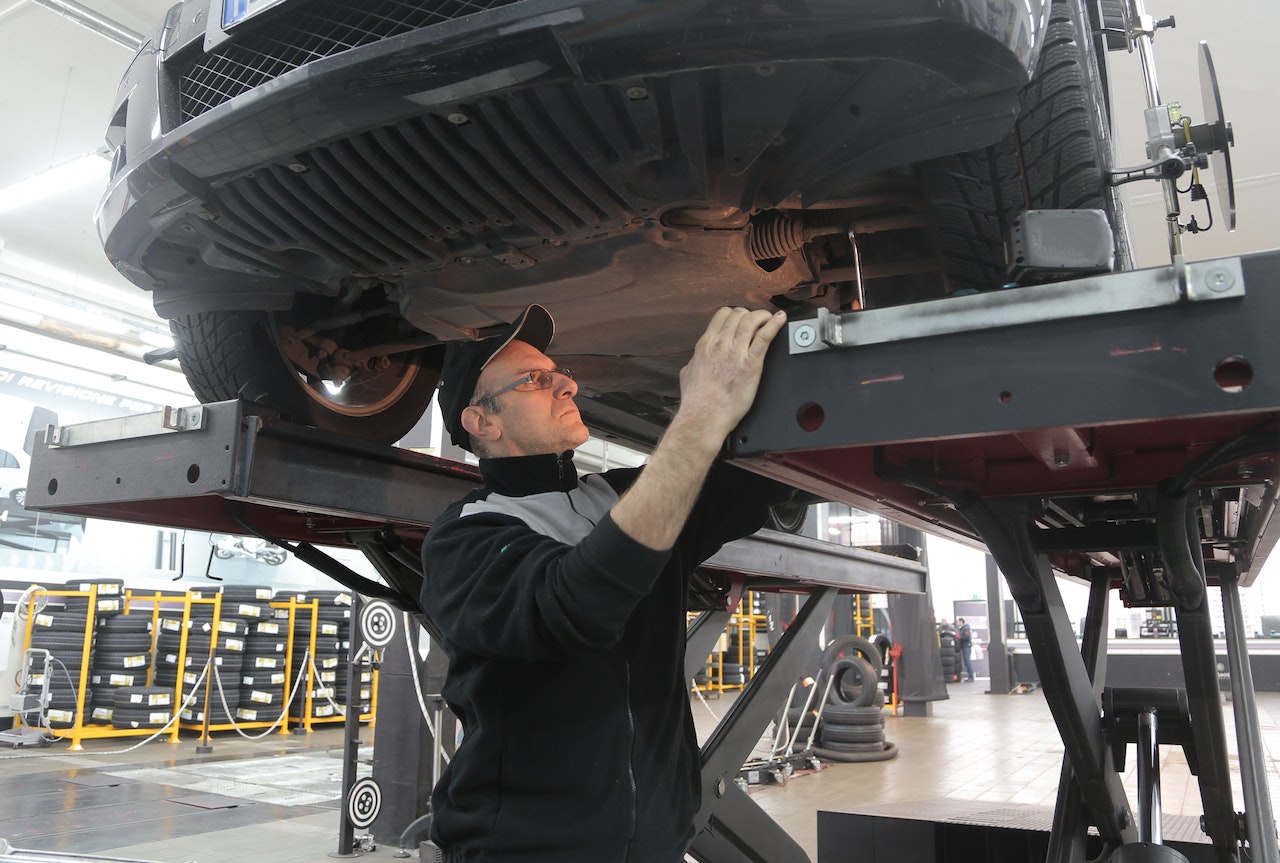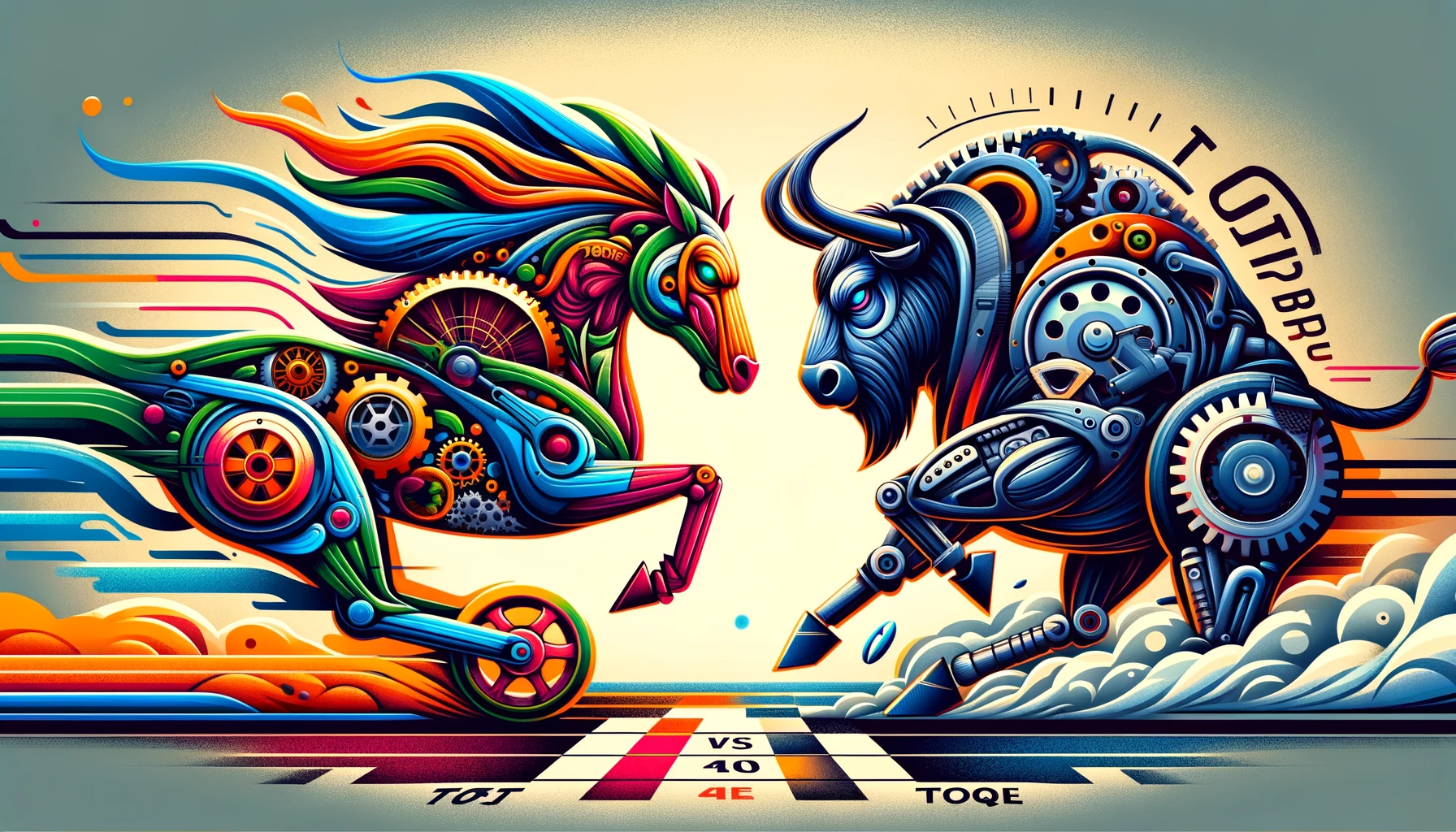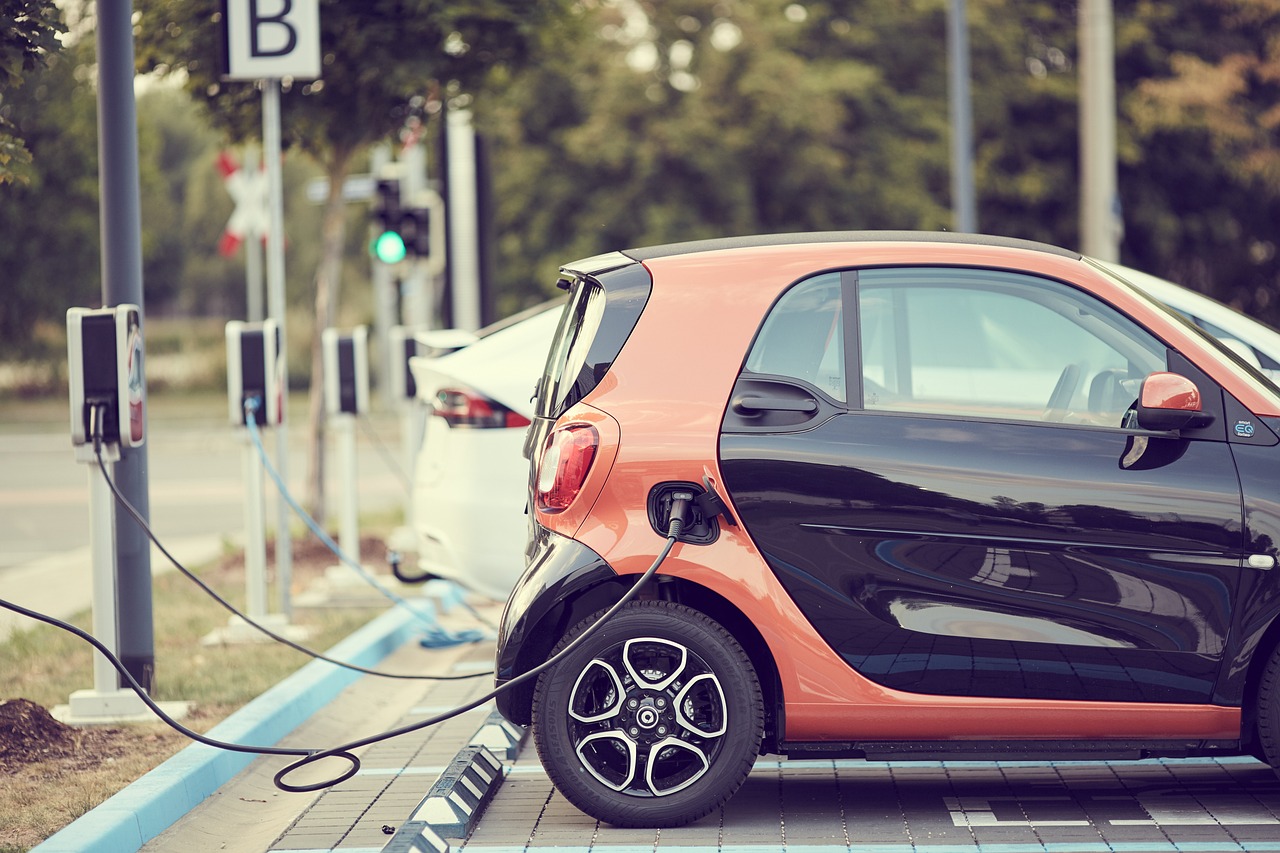Cars. Those metal beasts on four wheels that give us the ultimate freedom to travel. Yet, they’re also the divas of the mechanical world, demanding attention, care, and the occasional therapy session. One of the many dramas you might face with your car is when it desperately needs an alignment. And no, I’m not talking about some sort of automotive spiritual awakening or a car’s existential crisis; I’m talking about good ol’ wheel alignment.
Recognizing the Signs that Your Car Needs Alignment
But how do you know if your car is screaming out for one? Well, here are a few subtle signs that your car might be hinting at:
- Your Car Sways Like It’s in a Dance-off: If you’re driving straight and your car feels like it’s competing in ‘Dancing With the Cars’, swaying left and right without your prompt, it might be its not-so-subtle way of saying, “Hey! I need an alignment!”
- Your Steering Wheel Is Off-Center: You’re driving straight. Everything seems fine. But wait, why is your steering wheel looking like it’s trying to mimic the Leaning Tower of Pisa? If it’s tilted when you’re driving straight, it’s your car’s dramatic way of hinting at alignment issues.
- Your Tires Are Giving You Silent Treatment: Oh, the stories your tires can tell! If they’re wearing out unevenly, especially on one side, they’re basically whispering (or shouting), “This car needs an alignment, and pronto!” Don’t ignore their silent cries.
- Your Car’s Version of ‘Drunk Walking’: Ever watched a drunk person trying to walk in a straight line? If your car’s doing its own rendition of this – drifting or pulling to one side – it’s not celebrating happy hour. It’s most likely out of alignment.
- The Steering Wheel Doesn’t Return to Center: After you’ve taken a turn, if your steering wheel acts all moody and doesn’t return to its center position, it’s possibly due to poor alignment. Either that or your car’s just being stubborn.
- Your Car Talks Back: No, I’m not saying your car has suddenly become sentient (because that’s a whole different story). But if you notice it making squealing or odd noises while turning, that’s its way of saying, “Hey, remember that alignment thing we talked about? Yeah. Still waiting.”
- The Vibration Nation: Feel like you’ve unexpectedly been handed a free massage, with your car vibrating more than your phone on a sale day? Vibrations in your steering wheel or through the car body are your vehicle’s quirky way of begging for alignment.
- The Excessive Play in Steering: If you can move your steering wheel back and forth excessively without any immediate effect on the direction of the car, it’s not just your car being playful. It’s another dramatic hint.
- The Unholy Trinity: Steering, Handling, and Noise Difficulty in steering? Check. Terrible handling? Check. Noises that sound like your car’s auditioning for a horror movie? Check. Combine these three, and it’s the unholy trinity indicating an alignment check is overdue.
- The Memory Test: Some modern cars have electric power steering with memory. If after starting the car, your steering feels off, it’s not amnesia, it’s possibly alignment or a more technical issue. Time to consult the car-doc!
Now, in a world where we rely on our phones to tell us everything (from the weather to why we’re feeling a certain way at 3 PM on a Tuesday), it’s a wonder cars don’t just flash a huge neon sign saying, “ALIGN ME.” But until Elon Musk or some other tech genius figures that out, we’re left with interpreting these signs.
The Importance of Proper Alignment
But why, oh why, should you even care about getting your wheels aligned? Well, besides the obvious reasons of safety, comfort, and preventing your car from dancing better than you, there’s also:
- Saving Money: Uneven tire wear means you’ll be buying new tires sooner than you’d like. And let’s face it, those little rubber doughnuts aren’t cheap!
- Fuel Efficiency: A misaligned car has to work harder, which means guzzling more fuel. So, unless you have a secret oil well in your backyard, you might want to keep things aligned.
- Smooth Ride: Life’s bumpy enough. Why add to it with a car that judders and jerks more than a caffeinated squirrel?
Why Not Just Wing It?
In a universe where “winging it” applies to surprise quizzes, impromptu speeches, and those 3 AM philosophical discussions, you might wonder, “Why not just wing it with car alignment?” Well, here’s why:
- Safety First: A misaligned car can reduce your ability to steer suddenly. And in some situations, that could be the difference between a close call and a call to the insurance company.
- The Domino Effect: Today it’s just alignment, tomorrow it’s worn-out tires, and the next thing you know, your car’s suspension system is demanding attention. Before you know it, you’re in the middle of a car melodrama nobody signed up for.
- Pride and Prestige: Okay, let’s be superficial for a second. A misaligned car isn’t just bad for its health; it’s bad for your rep. You don’t want to be known as the person with the drunken car, do you?
To Sum It Up:
Cars, much like humans, communicate their distress in myriad ways. While we don’t have a car language dictionary (yet!), these signs are your car’s unique dialect, hinting at a need for alignment. So, don’t turn a deaf ear. Listen to your car’s quirky cries for help and act. After all, a little alignment now can save you from a lot of alignment woes later.
In the meantime, let’s raise a toast to straight drives, smooth rides, and perfectly aligned lives! And always remember: when in doubt, alignment out!
Pro Tips for the Perceptive Car Owner:
- Regular Check-Ups: Just as you wouldn’t skip your annual physical, don’t neglect your car’s regular check-ups. Schedule routine maintenance checks, and ask the mechanic to inspect alignment, even if things feel okay. An ounce of prevention is worth a pound of cure, especially when dealing with machinery.
- Awareness of Road Conditions: Keep in mind that frequent driving on rough roads, potholes, or over speed bumps can hasten the need for an alignment. Drive carefully and avoid rough terrains when possible.
- Know Your Car’s History: If you’ve recently bought a used car, it’s a good idea to check its alignment. Prior accidents or rough usage can affect alignment, and it’s best to start off on the right wheel, so to speak.
- DIY Checks: While a professional opinion is unbeatable, you can do a preliminary check at home. On a flat surface, push your car a few feet forward and see if it tends to veer on its own. While this isn’t foolproof, it’s a handy first step.
- Trust Your Gut: If something feels off, even if you can’t put your finger on it, get it checked. Often, our instincts pick up on things before they become major issues.
- Keep a Record: Each time you get your tires aligned, or any other significant maintenance for that matter, jot it down. This not only helps in keeping track but also in ensuring consistency in care.
- Quality Over Price: If your car does need an alignment, don’t skimp by going to a shady garage that offers a suspiciously low price. A botched job can lead to bigger problems in the future.
- Rotate Your Tires: Rotating your tires regularly can ensure even tire wear, which indirectly helps in maintaining good alignment.
- Avoid Heavy Loads: Excessive weight, especially if not centered, can strain your vehicle and misalign your suspension. Ensure loads are balanced and within the car’s capacity.
- Educate Yourself: The more you know about your vehicle, the better equipped you’ll be to identify issues. There are countless resources online – use them!
FAQs: Wheel Alignment Unraveled
Wheel alignment, often simply called “alignment,” refers to the adjustment of a vehicle’s suspension components. It’s not about adjusting the tires or wheels themselves, but rather adjusting the angles of the tires to ensure they make proper contact with the road.
Most experts recommend checking your car’s alignment every 12,000 to 15,000 miles (19.000 – 24.000 km). However, if you frequently drive on rough roads or have a mishap like hitting a curb, it’s wise to check it sooner.
A typical wheel alignment, if no major issues are found, takes about one hour. If there are significant issues or parts that need replacement, it might take longer.
Yes! Wheel alignment focuses on the angles at which tires hit the road, while wheel balancing ensures that tires wear out evenly and there are no vibrations while driving. They’re two different but equally important services.
Ignoring alignment can result in uneven tire wear, poor fuel efficiency, and strain on car parts, leading to more costly repairs in the future. Plus, it can compromise the safety of your vehicle.
It’s wise to. When getting new tires, ensuring they’re aligned properly will maximize their lifespan and give you a smoother ride.
While there are DIY methods and tools available, alignment is a precise task. Professionals have the right equipment to ensure accuracy. For safety and the health of your vehicle, it’s recommended to let experts handle it.
Most drivers notice a smoother ride, easier steering, and better overall handling after getting an alignment. Your car should feel more “centered” and stable.
The cost can vary based on location, vehicle make and model, and where you go. Typically, expect to pay between $50 to $120 for a standard alignment. However, high-end or luxury vehicles might be on the pricier side.
Most auto repair shops and tire dealerships offer alignment services. However, always ensure they have the right equipment and experienced technicians to do the job.



